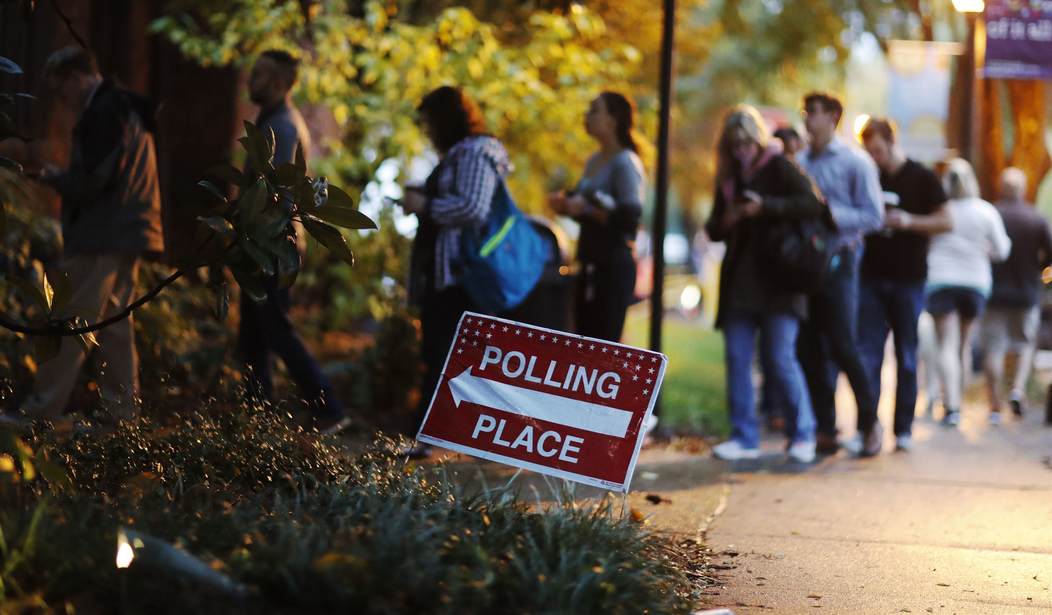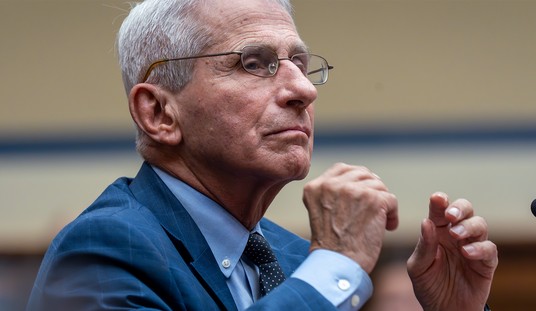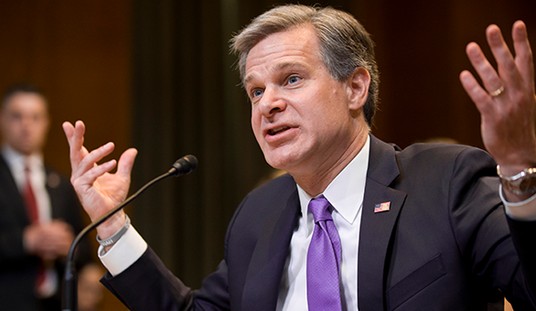An expert panel convened by the American Association for Public Opinion Research — the main trade group for pollsters — has called the polling prior to the Trump-Biden election the biggest miss in 40 years.
The polls overstated support for Joe Biden by almost 4 percent, leading to questions about how that might have influenced the actual balloting. Political scientists have found that a significant number of voters will vote for the candidate leading on Election Day. Some polls had Joe Biden winning the race by as much as 14 points.
But it wasn’t just the presidential vote that was massively skewed toward the Democrats. The 2020 polls overstated Democratic support “in every type of contest we looked at: the national popular vote, the state-level presidential vote as well as senatorial and gubernatorial elections,’’ said Joshua D. Clinton, a professor of political science at Vanderbilt University.
“This was true no matter how respondents were polled. It didn’t matter whether you’re doing online or telephone polls. A similar level of error was pervasive,’’ said Mr. Clinton.
Even more worrying for pollsters: they don’t know how to fix it.
Excluding 1980, the error in presidential polling last year was the highest since Republican Dwight Eisenhower’s landslide victory in 1952. Polls have understated Donald Trump’s support for two elections in a row, but in some years they have overstated Republican support, as was the case in 2012 when President Barack Obama beat Mitt Romney.
The panel disclosed its preliminary findings Wednesday at the trade association’s annual conference, but it hasn’t yet released its final report. One question that has so far eluded the group is a firm sense of why the polls were off and how to correct the problem.
One could believe that the pollsters hate Republicans and hated Donald Trump and deliberately weighted their polls to make it appear Trump was far behind. Any pollster who did that wouldn’t be in business very long. The fact is, these inaccuracies have been cropping up for 20 years. At first, pollsters blamed their inaccuracy on not including enough respondents who only had cell phones. Then came the online surveys that proved themselves to be even more inaccurate.
Now, it’s a matter of reaching enough Republicans who want to participate. That’s proving to be a problem.
The panel said one possibility was that Democrats were more willing to answer polls than were Republicans. Alternatively, Republicans who were willing to talk to pollsters might have been those most open to supporting Mr. Biden, while Republicans who declined to be polled may have been more supportive of Mr. Trump. If the latter possibility were the case, then merely increasing the number of Republicans in a survey wouldn’t solve the accuracy problem.
Another possibility is that Mr. Trump in 2020 brought a set of new voters, unaffiliated with either party, to the polls, and that these voters turned away from taking surveys due to Mr. Trump’s criticism of polling.
Polling is very expensive and pollsters have a limited time period to contact potential voters. They might get enough real Republicans to respond if they kept calling for a week or two. That would not only be prohibitively expensive but given the rapidly changing dynamics of a race, waiting that long would make the poll useless.
“An unfortunate consequence of the increased pre-election polling error of 2016 and 2020 is the doubt it has cast on all types of survey research,’’ said Dan Merkle, president of the association.
Gee…ya think? The solution is self-evident: find a way to entice Republicans to answer their surveys. Easier said than done, of course, but if polling wants to recover some of its credibility, a way must be found.










Join the conversation as a VIP Member